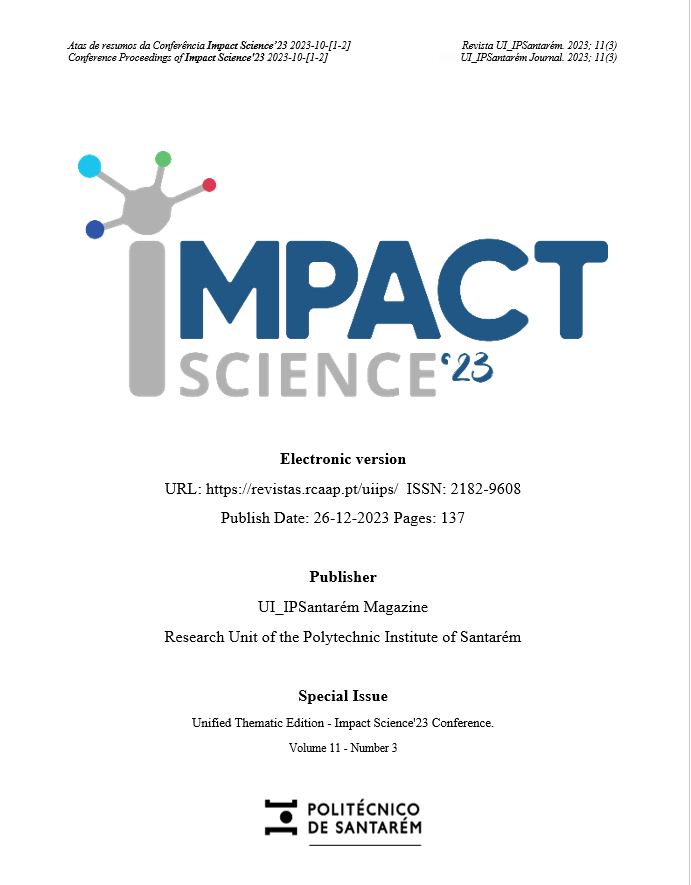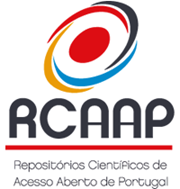Preliminary study of the biochemical composition of the muscle of European catfish (Silurus glanis) caught in the Tagus River, Portugal
DOI:
https://doi.org/10.25746/ruiips.v11.i3.32441Keywords:
European catfish; biochemical composition, size classAbstract
The European catfish is an exotic and invasive predatory species with an increasing population trend in the Tagus River, so its control is a priority goal in order to mitigate the environmental impacts that is causing in the ecosystems where it was introduced. The valorization of this species as human food may help to increase the interest of its capture by fishermen, although a previous nutritional characterisation is essential to potentiate its commercial exploitation. The present study determined the gross biochemical composition (protein, lipid, fiber, ash and moisture content) and pH of the muscle of European catfish caught in the Tagus River, Portugal, for two size classes (class I < 100 cm and class II ≥ 100 cm total length). After determining these biochemical parameters by standardized methods (g/100 g), it was found that fish size had no influence (P > 0.05) on protein (16.94 ± 0.38; 16.95 ± 0.27), ash (0.75 ± 0.27; 0.97 ± 0.04) and fiber content (0.38 ± 0.39; 0.24 ± 0.03) (size classes I and II, respectively). However, fish larger than 100 cm showed significant differences regarding the other parameters (P < 0.05), exhibiting higher lipid content (1.20 ± 1.01; 8.65 ± 0.15) and lower moisture (80.11 ± 4.17; 71.51 ± 1.66) and pH (6.75 ± 0.13; 6.49 ± 0.25) (size classes I and II, respectively).
These preliminary results highlight the role of specimen size in the biochemical composition of aquatic organisms. In fact, some of the analysed parameters of European catfish muscle varied as a function of size, and studies on the influence of other bioecological variables, as well as the determination of finer biochemical composition parameters, are likely to reinforce this type of findings.
Downloads
Published
How to Cite
Issue
Section
License
Copyright (c) 2023 Ana Teresa Ribeiro

This work is licensed under a Creative Commons Attribution-NonCommercial-NoDerivatives 4.0 International License.
Authors publishing in this journal agree to the following terms:
Authors retain copyright and grant the journal the right of first publication, with the article simultaneously licensed under the Creative Commons Attribution License that allows sharing of the work with acknowledgement of authorship and initial publication in this journal.
Authors are permitted to enter into additional contracts separately for non-exclusive distribution of the version of the article published in this journal (e.g., publish in an institutional repository or as a book chapter), with acknowledgment of authorship and initial publication in this journal.
Authors have permission and are encouraged to publish and distribute their work online (e.g., in institutional repositories or on their personal webpage) at any point before or during the editorial process, as this may generate productive changes, as well as increase the impact and citation of the published work.





